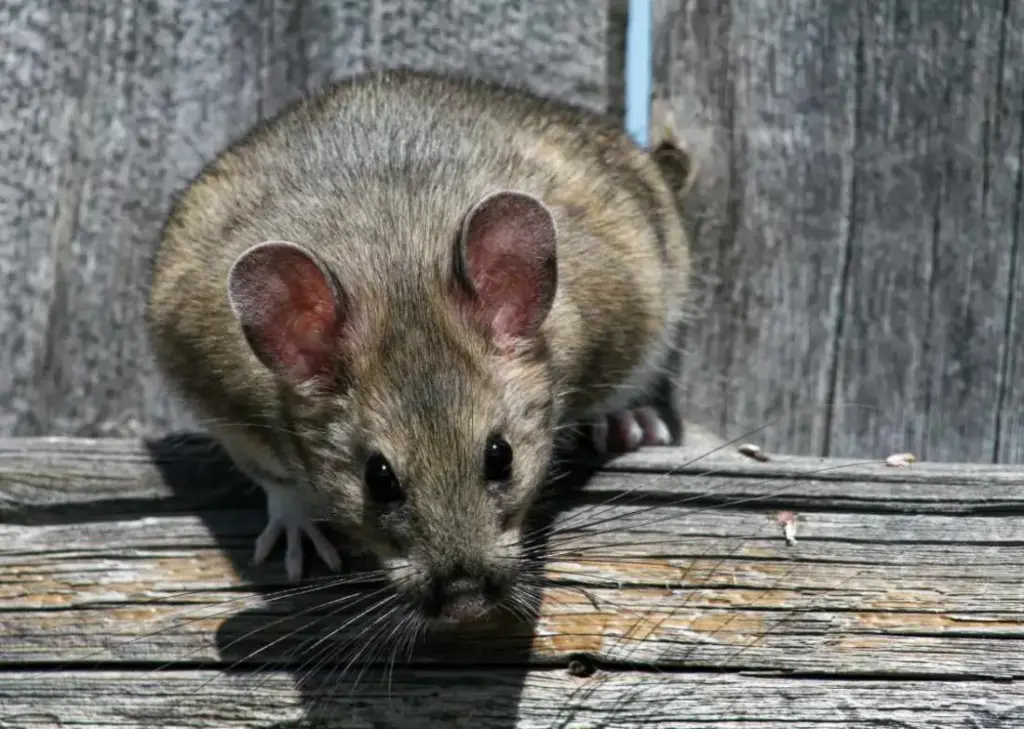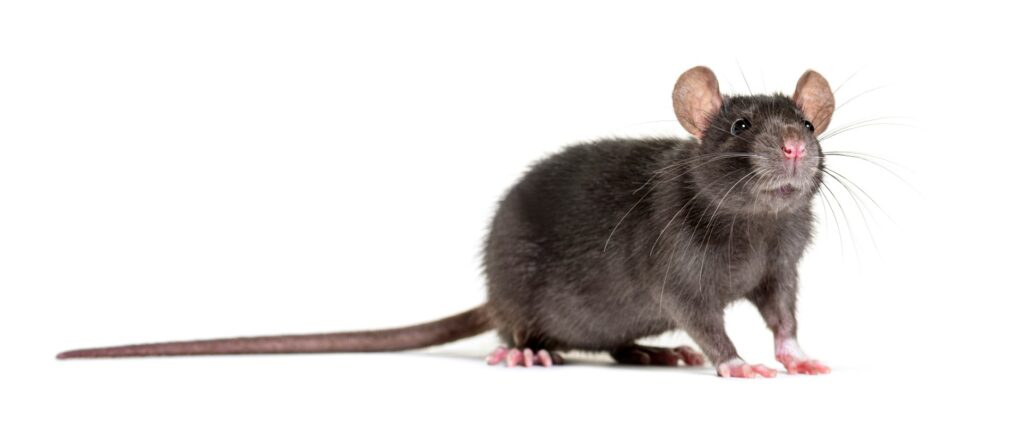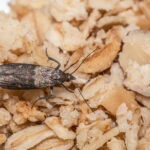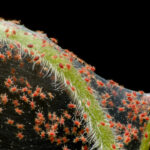
No matter where you go, some of nature’s more unsavory characters always find a way to show themselves. Mosquitoes, weeds, and more show up in most places, most of the time, left to their own devices. Rats are no different. Throughout history, rats have persisted, adapted, and conquered their territory right beneath our feet. Unfortunately, sometimes that territory encroaches upon our own, and we find them slinking about homes, restaurants, and garages.
However, you don’t need to settle if you encounter rats in Arizona or elsewhere. We at Burns Pest Elimination recommend fighting back as much as possible, as rats frequently carry diseases that can harm you, your pets, or your family.
We want to help you identify some of the most prevalent types of rats so you can diagnose for yourself what kind of rodent issue you’re tackling. We’ll then give you an ace in the hole for turning a stressful situation into a stress-free situation.
Why Identifying Your Invasive Rats is Important
This is why, before you take any action, we feel it’s important to emphasize the importance of identifying your invasive rat species. Each kind needs its own custom control strategy. As we mentioned before, rats can cause remarkable damage to your household—either by carrying disease with them from place to place or by chewing through everything they see, including walls, floors, and, of course, food containers.
Norway Rats
The Norway rat, also known as the brown rat, is probably one of the first things that comes to mind when imagining a rat. They are incredibly prevalent and always find their way to any area where they can forage for scraps and warm hideaways.
Physical Characteristics
Norway rats are identified by their dark gray or brown fur, rounded snout, and bald ears. They average 10 inches in length and often sport naked, whip-like tails of a similar length. These rats typically weigh about a pound.
Habitat and Behavior
Where do Norway rats call home? Anywhere—really—but specifically burrows and subsurface locations with a lot of moisture and darkness, like sewers and cellars.
Norway rats like the cold, but they aren’t usually found in places of high elevation. Unlike their cousin, the black rat, Norway rats are terrible at climbing, although they make up for it by being excellent swimmers. Brown rats are easily identified by their short, high-pitched chirps or squeaks when communicating with one another or under duress.
These rats are highly social and possess strict social hierarchies, which, if disrupted or treated by outside forces like an exterminator, will only encourage them to reproduce more rapidly until they compensate for the lost numbers. Because of this, one must have an aggressive and resilient plan for removing this type of rat to prevent recolonization near you.
Pack Rats

Are you finding your home, barn, or shed covered in curious nests, dark little droppings, and trails of flattened grass nearby? Some tiny objects may seem missing or out of place. You might have a pack rat problem. Pack rats in Arizona are a severe issue that should be handled efficiently.
Physical Characteristics
At about half the size and length of the Norway rat, pack rats, also known as wood rats, are most identified by their larger eyes, more pronounced whiskers, and lighter fur, usually in shades of gray and brown. Don’t confuse them with mice just because they’re the cutest rat species we’ll discuss today.
Habitat and Behavior
The most notable behavior of the pack rat is what gives this little rodent its name—pack rats tend to steal and hide away household items, especially shiny ones, like coins, keys, and utensils.
Unlike the Norway rat, an omnivore, pack rats have a more limited diet, adhering strictly to seeds, nuts, and certain fruits and vegetables. However, they might also find their way inside your pantry and enjoy your stored grains or cereals for a snack.
This pest is an excellent climber, so if you hear odd scratching sounds from within your walls and crawl spaces, chances are there is a nest nearby or inside the structure. This is troublesome enough, but these nests attract cockroaches and other pests, so you should act immediately.
Roof Rats

Remember those excellent climbers we mentioned before? Roof rats, also known as black rats, have no trouble making your home into their home. Here’s what you should know about roof rats in Arizona.
Physical Characteristics
As the name implies, you can expect black rats to have soft, black fur, occasionally mixed with brown fur. Including their tail, they total 16 inches on average. They have a more pointed, spade-like nose and dark, fleshy tails.
Habitat and Behavior
Like Norway rats, roof rats are omnivorous and feed on almost anything, from fruits and berries to slugs, snails, insects, fish, shellfish, and more. These rats are primarily nocturnal and adept climbers, which is how they got their name. They are often found building nests in the uppermost parts of homes and other buildings to seek safety from predators.
They will chew through everything from wood to aluminum siding to drywall in their pursuit of building a safe home for their colony to thrive. If you’re dealing with rats in Las Vegas, you know precisely how determined they can be to infiltrate wherever they please.
Free Yourself of Any Rat Species With Burns Pest Elimination
The above are only three of the most common rats you’ll encounter, but there are plenty more with their own behavioral patterns, preferred habitats, and problems they can create for you. We at Burns Pest Elimination have armed ourselves with the equipment, knowledge, and years of experience needed to remove any stressful infestations disrupting your life and set you up for success with an ironclad preventive strategy for the future.
If you have any questions about our services, please contact us. We have a team of trained specialists ready and willing to turn your rat woes into healthy homes!More From Burns Pest Elimination

Arizona’s Pantry Pests: The Unexpected Bugs Hiding in Your Dry Goods
Bugs in Your Car? How Arizona Heat Drives Pests Into Vehicles



